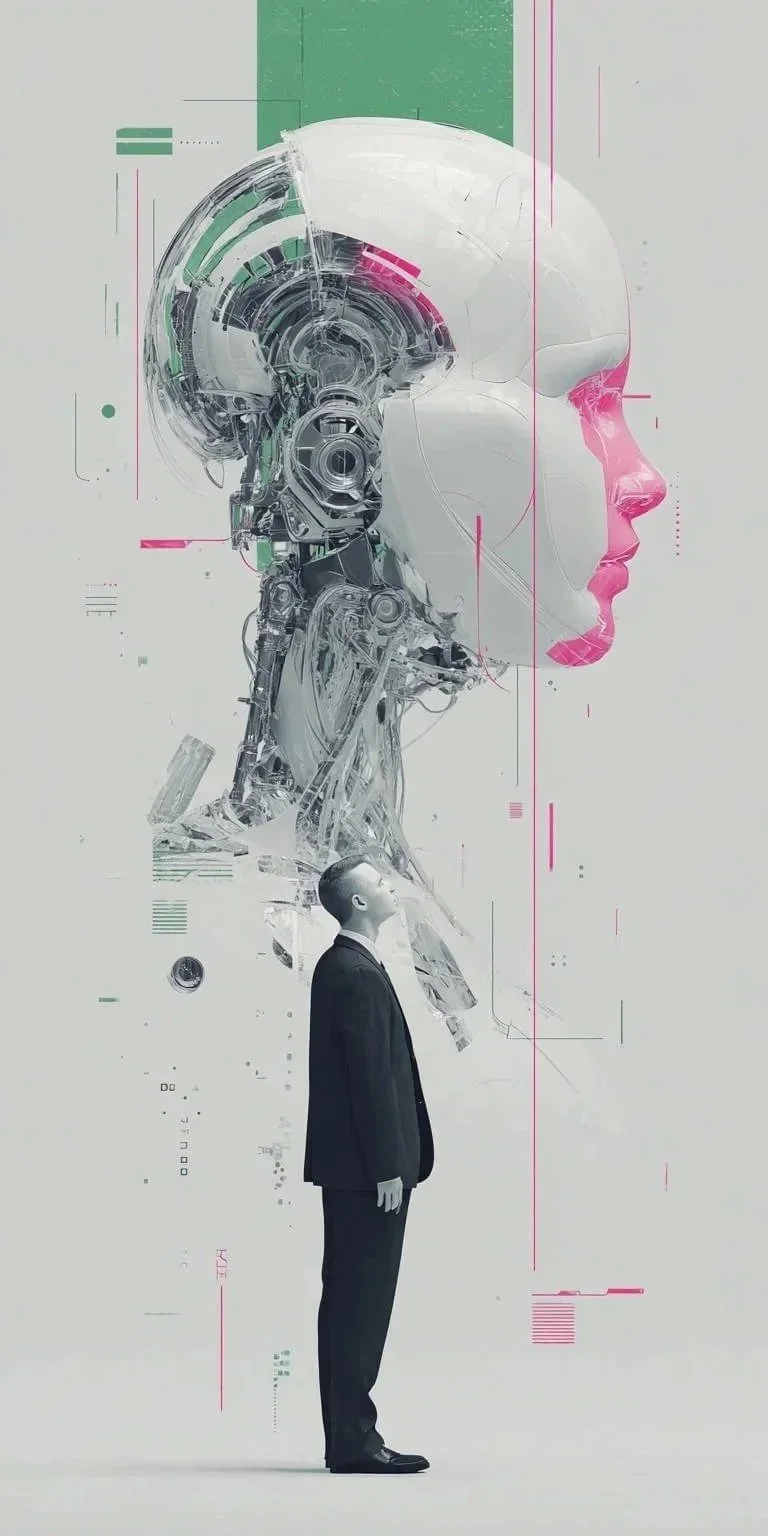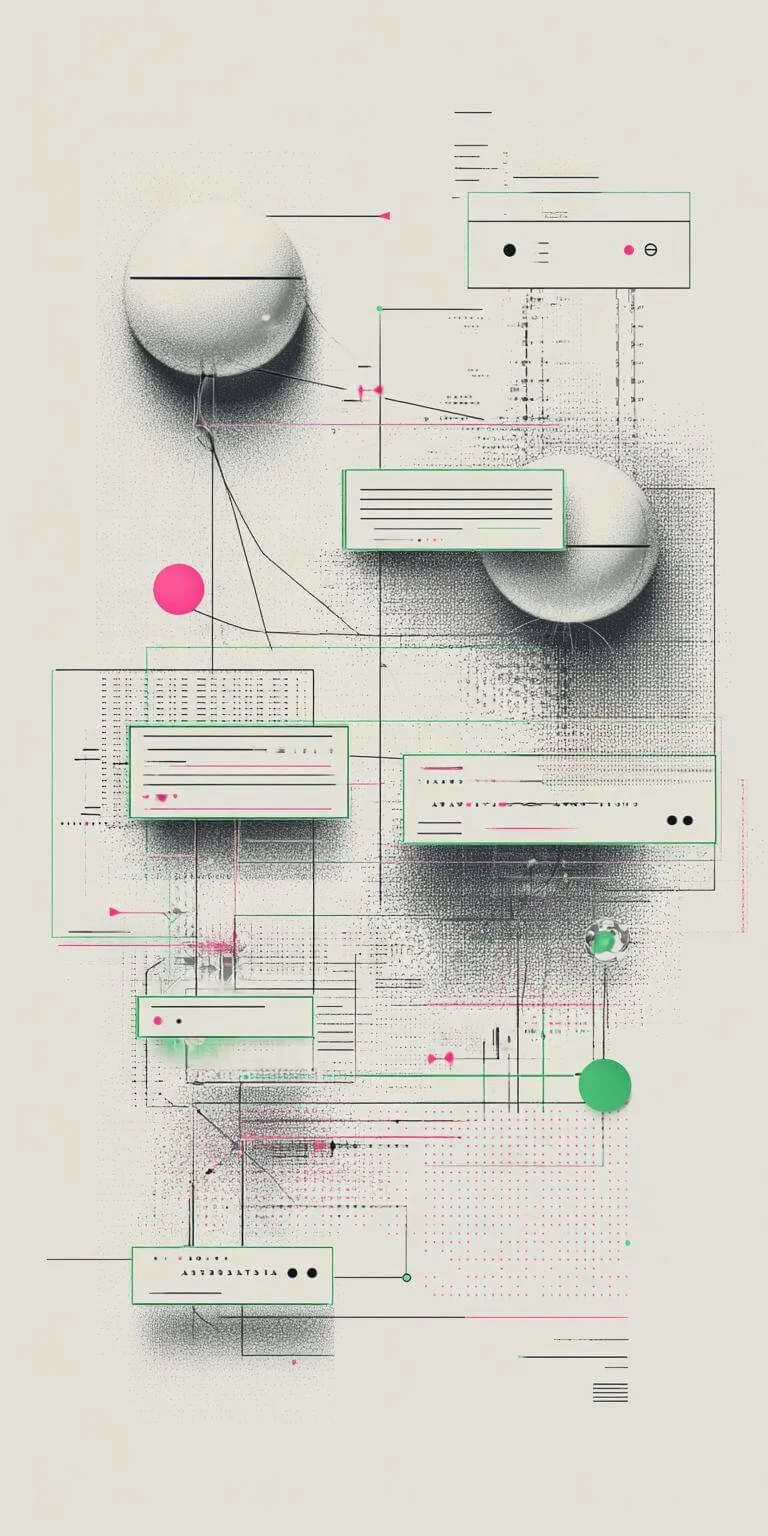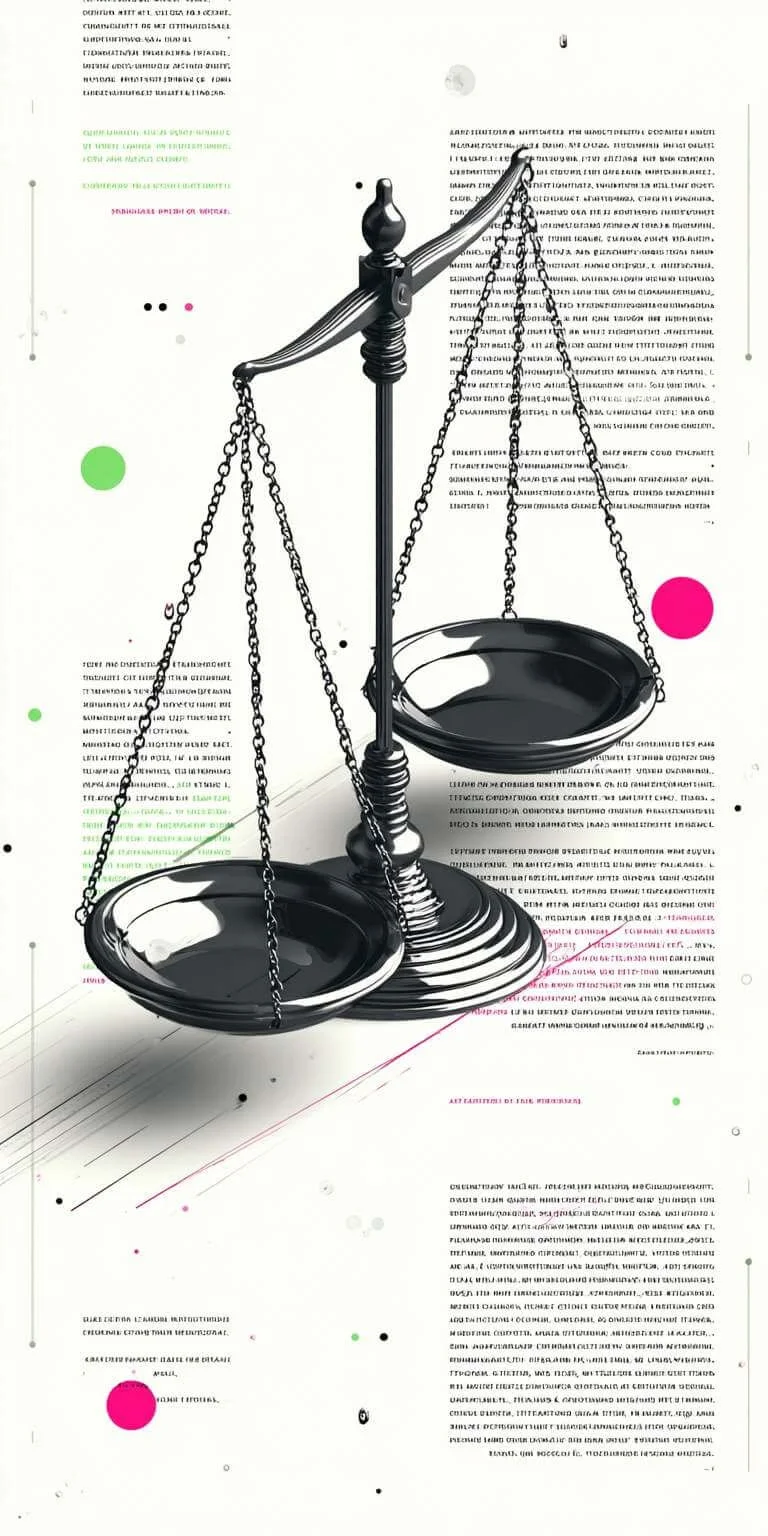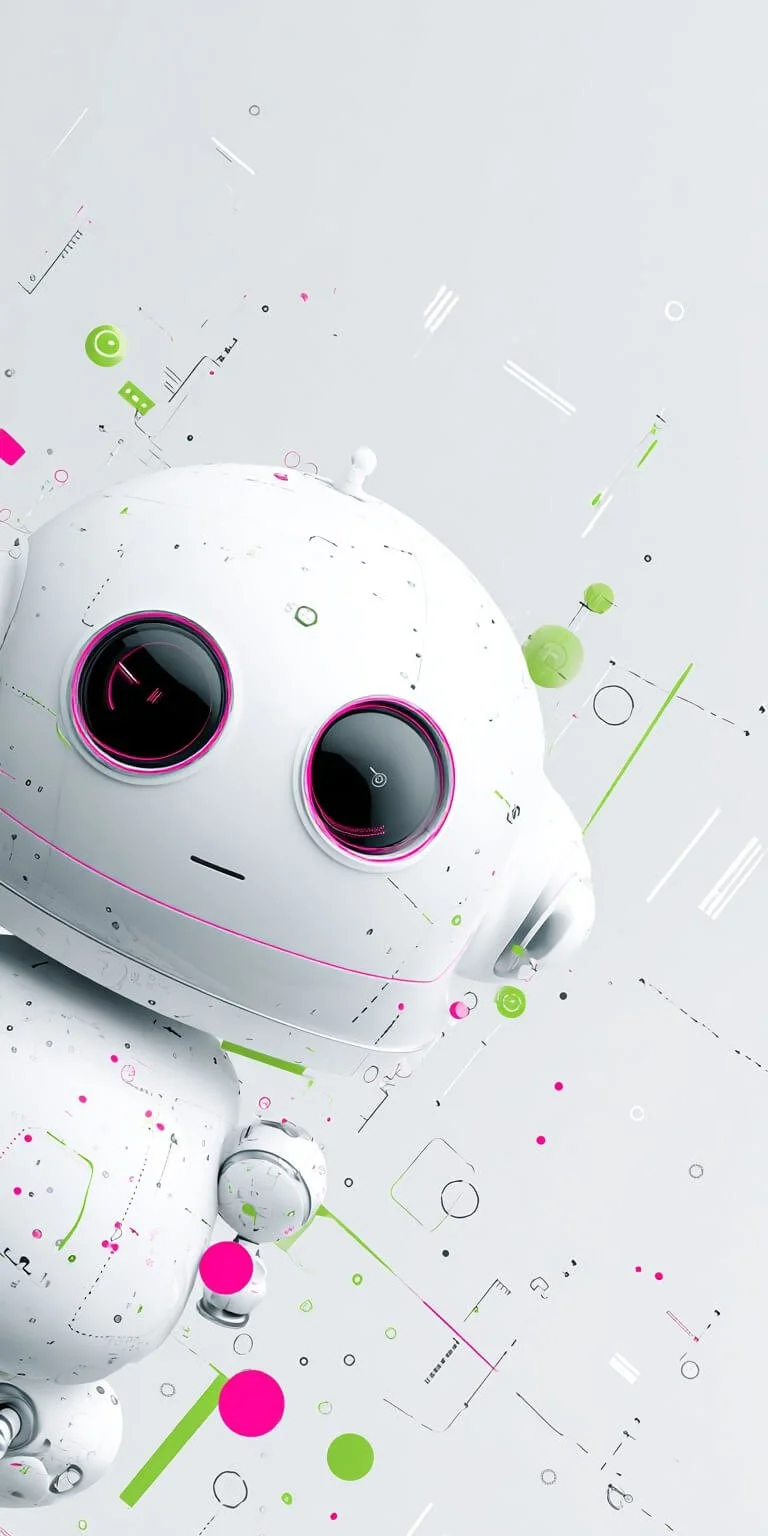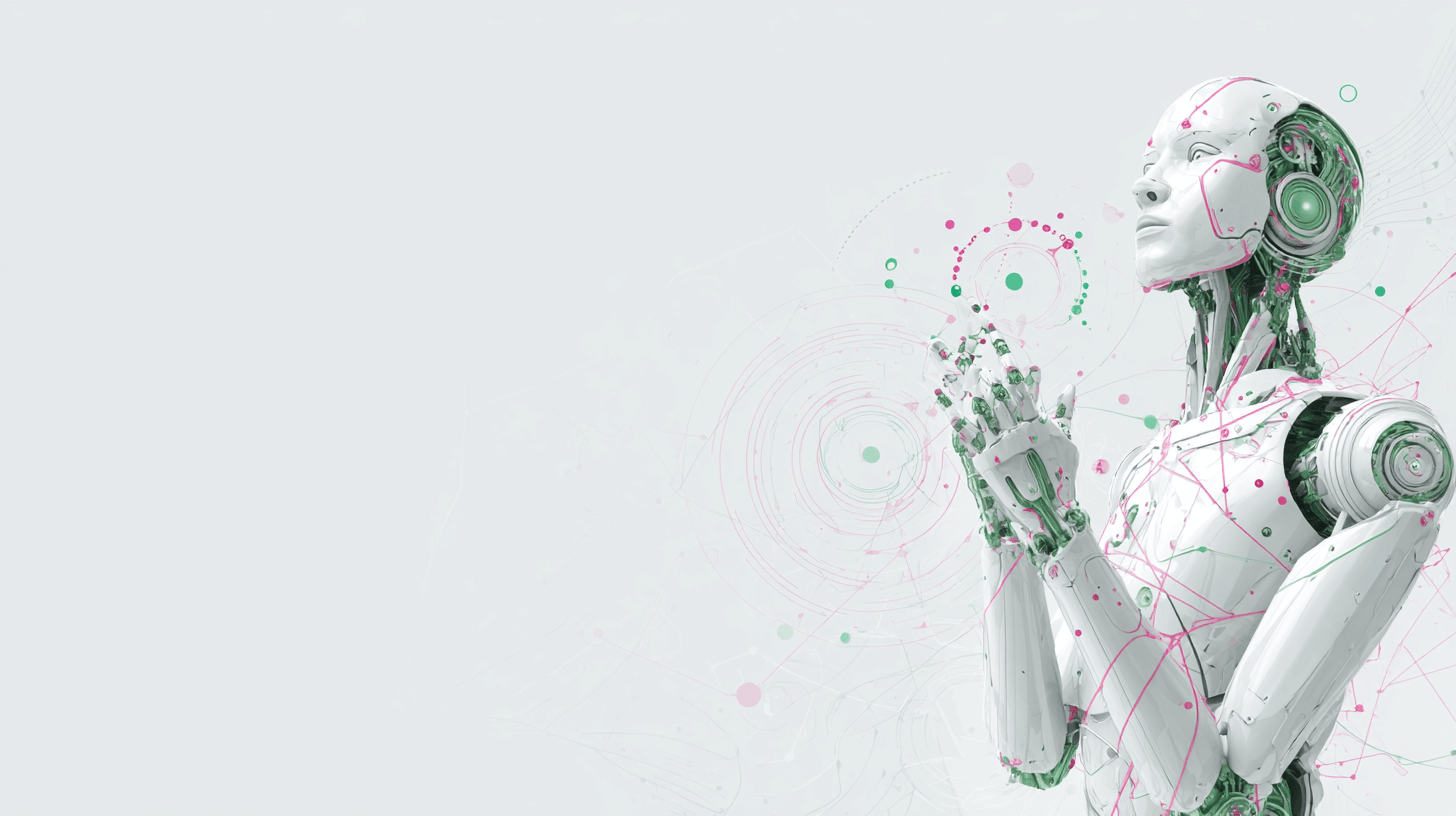
Your new colleague at work –
AI Agent
“Every change is difficult at the beginning,
messy in the middle, and wonderful at the end.”
Robin Sharma
Definition: An AI Agent is a software system capable of independently taking on tasks, learning from data and interactions, and making operational decisions within a defined scope.
In short: An AI Agent is a “synthetic intelligence” that we treat as an autonomous team member responsible for specific outcomes.

AI Agent vs. Human Employee
Strengths of an AI Agent: 24/7 availability, no language barriers, scalability, data analysis, speed
Limitations: empathy, cultural context, high-level creativity, legal constraints imposed by the AI ACT
Collaboration: The goal of employing an AI Agent is not to replace humans, but to reassign routine tasks.
“Human-in-the-loop” (HITL) is an AI system design principle that ensures a human retains control over key decisions made by artificial intelligence.
In other words, AI can analyze, suggest, and perform tasks, but the final decision or approval always rests with a human.
Practical Examples:
Recruitment: AI screens CVs and creates a candidate shortlist → the recruiter decides whom to invite for an interview.
Employee Evaluation: AI analyzes performance data → the manager assesses the context and makes promotion decisions.
Customer Service: The chatbot handles simple inquiries → more complex issues are escalated to a human employee.
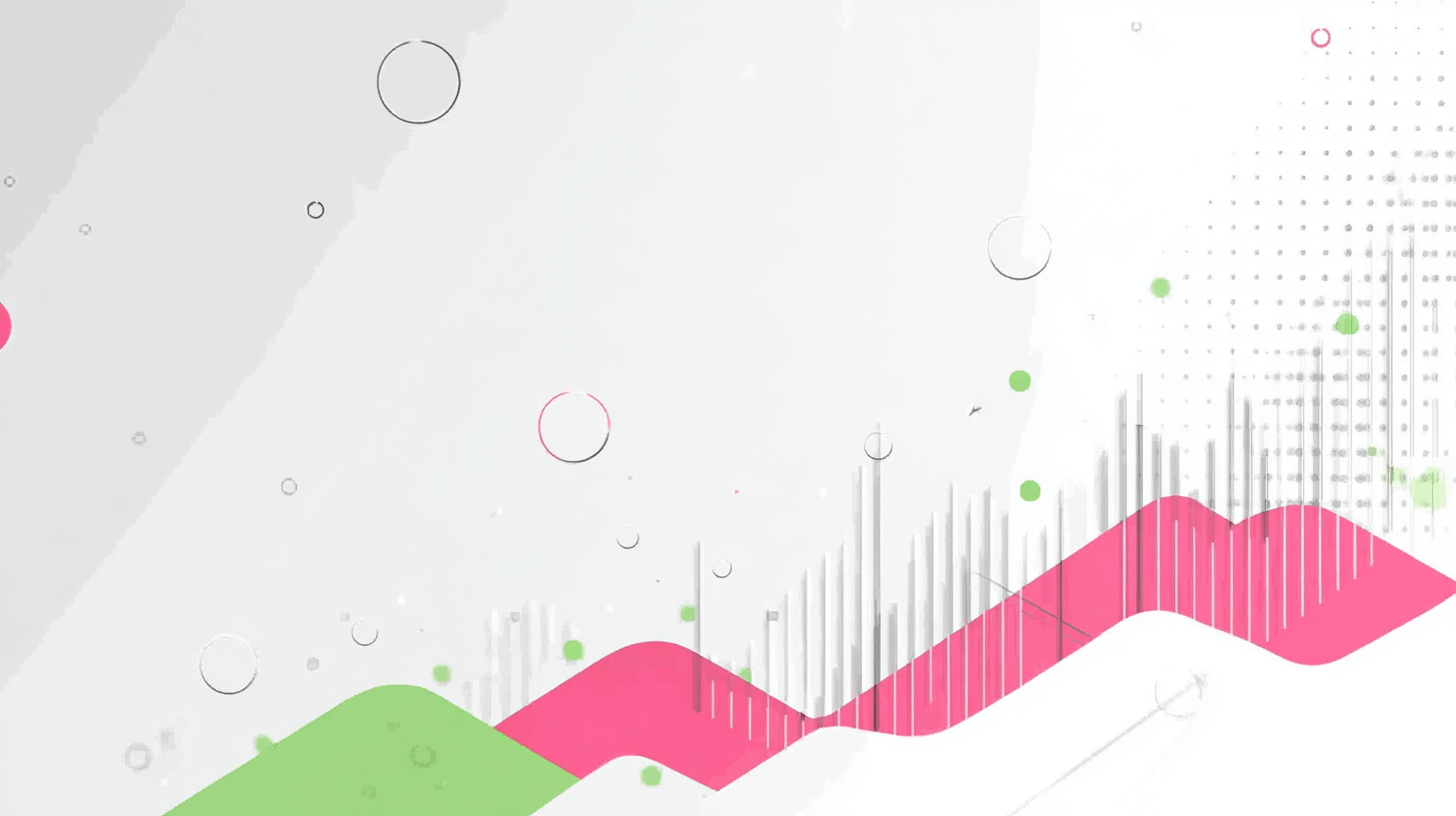
Typical Applications
Customer Service (chatbots / voice bots)
Administrative Assistant (scheduling, reporting)
Recruitment Support (CV screening, initial assessments)
HR Data Analysis (retention, attrition prediction)
Business Process Automation (RPA – Robotic Process Automation + AI)

Do you need AI Agents in your company?
The rapid development of AI agent technologies is transforming the labor market and business processes (Gig Economy, Sharing Economy).
Companies that do not start experimenting and implementing these solutions risk being overtaken by competitors.
It’s not about detailed long-term plans, but about beginning to familiarize yourself with the technology and testing its capabilities.
We are in the midst of a technological tsunami. We have only 5 years to adapt and implement AI in workforce planning processes before our organization faces serious challenges such as loss of efficiency, lack of innovation, and stagnation.
This is not a matter of choice—it’s a matter of survival!
YOU ONLY HAVE 5 YEARS!
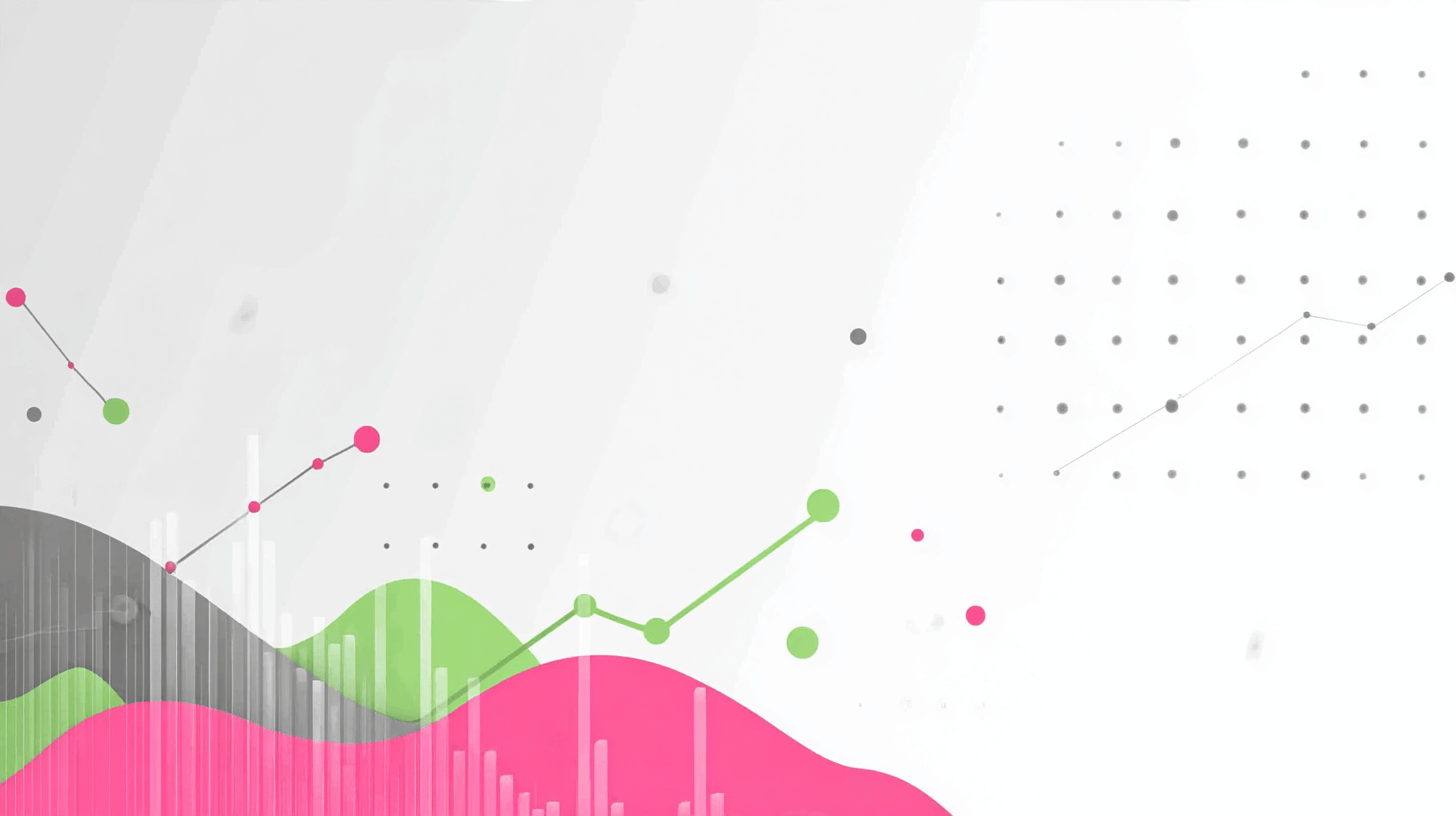
AI Agent Recruitment and Onboarding
Identify processes that can be supported by AI agents.
Select initial areas for pilot projects or PoC (Proof of Concept).
Educate the team about AI agents’ capabilities and prepare communication.
Monitor the market and available AI agent platforms and specializations.
Choose the process and define the goals for employing an AI agent.
Select an AI platform as the working environment for AI agents.
An AI platform for agents is a system designed to create, deploy, and manage autonomous AI agents that perform tasks, make decisions, and achieve goals with minimal human involvement.
These platforms integrate various technologies: large language models (LLMs), planning frameworks, API integrations, memory systems, and tools.
They enable non-technical users to easily design business processes.
They allow AI agents to execute complex, multi-step activities and monitor interactions between agents and human employees.
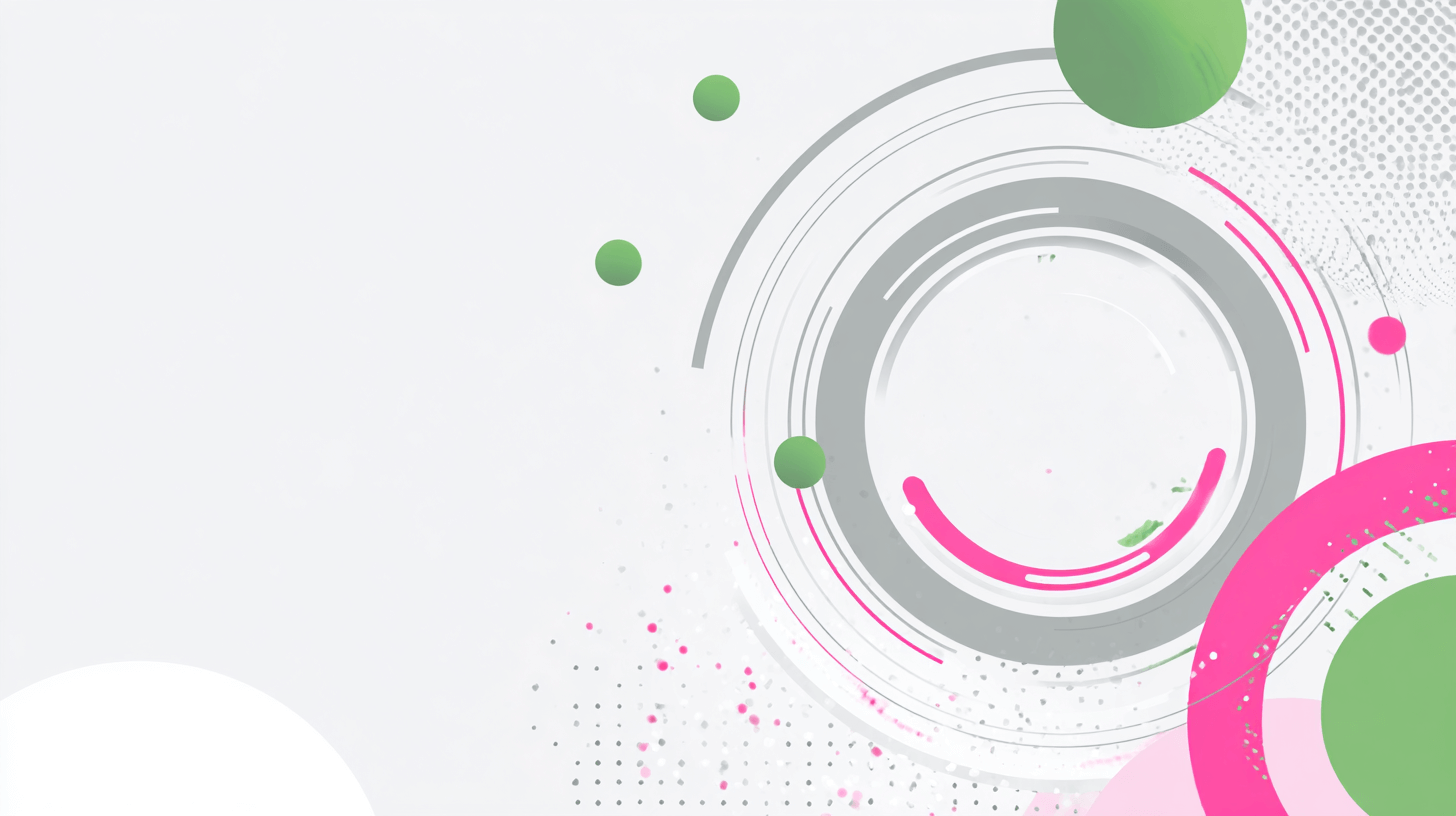
Process Flow
Initially, we recommend selecting a backend function unrelated to customer service.
Define clear job descriptions.
Design the process on the AI platform.
Ensure the process complies with the AI ACT.
Assign a human supervisor to each agent (human accountability).
Introduce agents through successive phases: PoC → pilot → production.
For process management, we select one or more available LLM models. We can also use pre-built, specialized AI agents.
We connect AI agents to processes using the built-in tools on the AI platform and run multiple specialized agents in parallel.
We establish mechanisms for management and monitoring, including KPIs, data security, and operational accuracy.
Important:
Your data always stays within your environment!
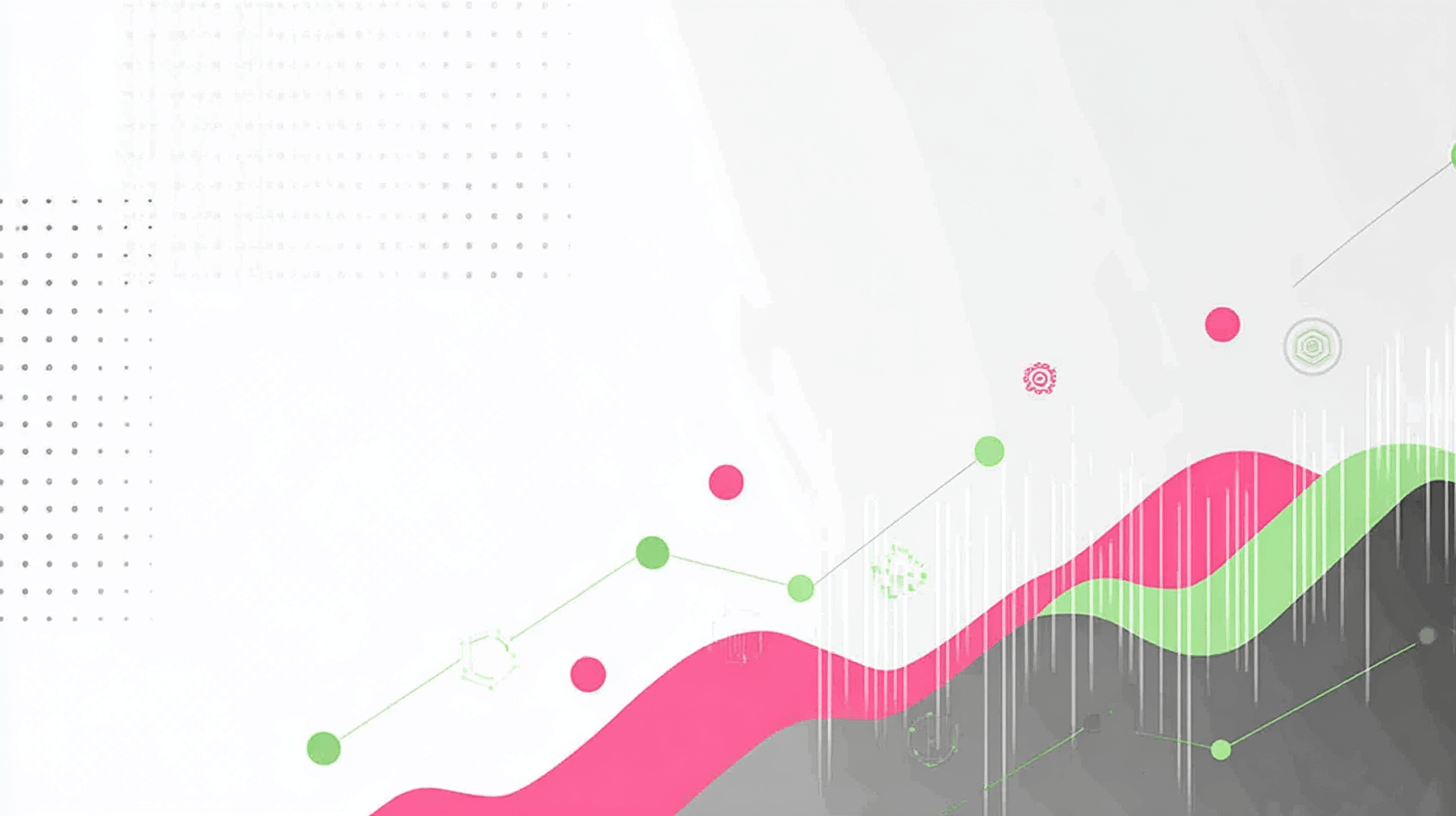
AI ACT: Limitations and Risks
The AI ACT is an EU regulatory framework aimed at governing the use of artificial intelligence systems.
Its goal is to ensure safety, transparency, and the protection of citizens’ rights.
Key limitations:
Prohibition of using AI systems for high-risk activities without proper control mechanisms.
Obligation for transparency and informing users when they interact with AI.
Requirements for data quality, monitoring, and minimizing error risks.
High standards for AI systems that impact human rights and decisions in areas such as employment, finance, or healthcare.
Conclusions:
Every AI agent implementation project should include an AI ACT compliance audit.
Business procedures and processes need to be updated.
Decisions must be documented, risks monitored, and processes ensured to comply with regulations.
Regulation implementation for companies is expected by 2025–2026, depending on the risk classification of the AI system.
The AI ACT is a key legal and regulatory factor to consider when deploying AI agents in a company. It is also essential to monitor solutions already implemented by partners due to human rights implications and decisions affecting employment.

Get in touch with us!
We can help with:
Identifying processes ready to be supported by AI agents
Preparing a pilot project / PoC
Selecting the right platforms and agents
Integrating AI agents with your team and HR processes
Auditing solution compliance with the AI ACT, ensuring legal safety
Why it’s worth working with us:
Experience in implementing AI agents in companies
Knowledge of available technologies and platforms
Assistance in fast and secure adaptation of AI to real business processes
Legal support related to the AI ACT
Schedule a meeting with us!
Provide your email address, phone number, and optionally a message so we can prepare for the conversation.
We primarily respond via email; the phone number is only needed as a backup in case our emails don’t get through.

